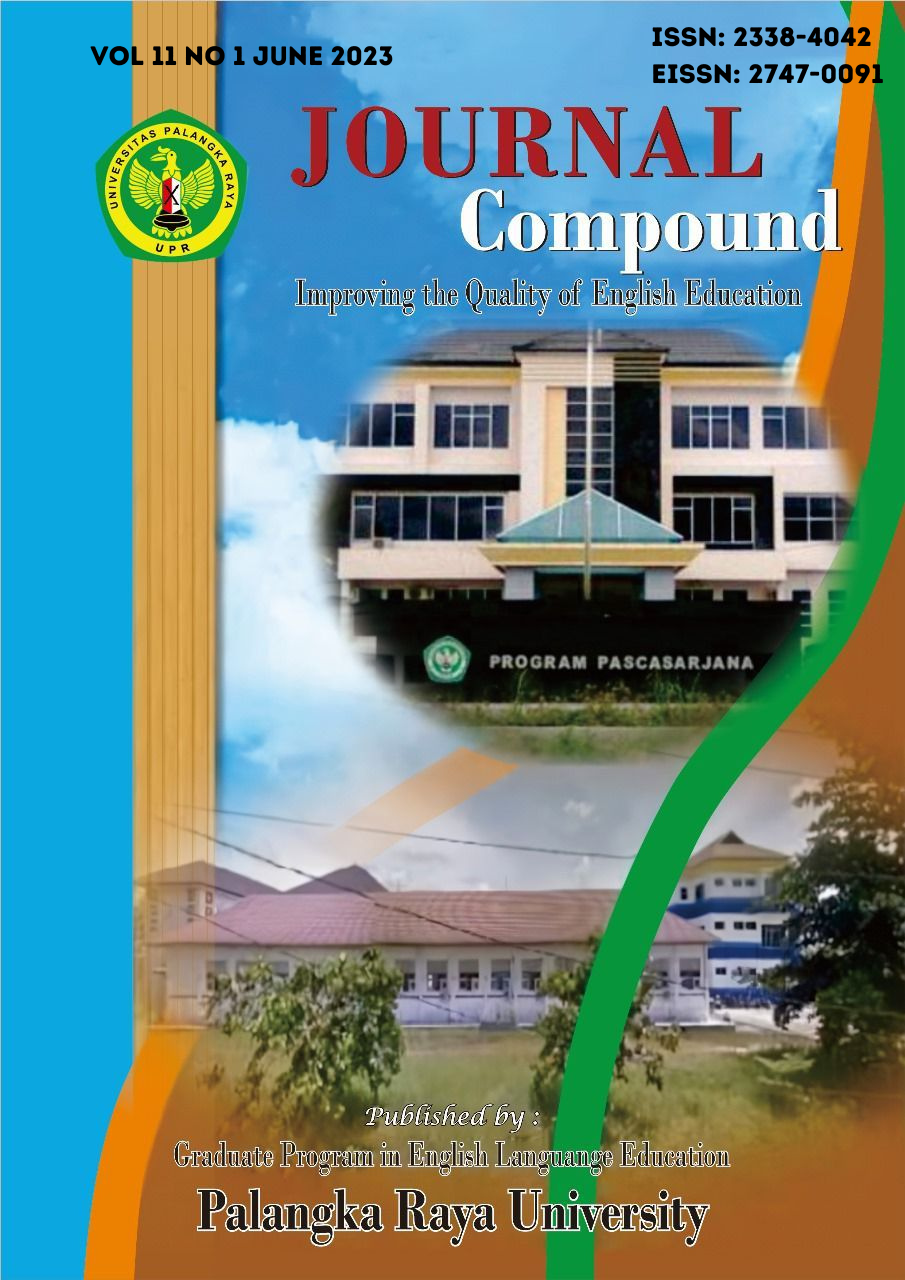A COMPREHENSIVE REVIEW OF LITERATURE ON THE EFFICACY OF WHATSAPP IN LANGUAGE LEARNING
DOI:
https://doi.org/10.37304/jcp.v11i1.14882Keywords:
WhatsApp, Efficacy, Language LearningAbstract
This systematic review examines the efficacy of WhatsApp in language learning by synthesizing existing literature and identifying key themes, trends, and gaps in research. WhatsApp, a widely used instant messaging application, offers unique opportunities for language learners to engage in authentic language practice and interaction beyond traditional classroom settings. Through a systematic search of electronic databases and manual screening of reference lists, relevant studies published between January 2010 and December 2023 were identified. The findings reveal that WhatsApp is utilized for various language learning purposes, including informal practice, peer interaction, and collaborative learning activities. Positive outcomes associated with WhatsApp use include enhanced speaking proficiency, vocabulary acquisition, and learner engagement. However, challenges such as technical issues and privacy concerns hinder its full potential. Recommendations for future research include longitudinal studies to explore long-term effects, addressing technical barriers, and comparative studies to assess WhatsApp's relative efficacy. Overall, this review contributes to our understanding of WhatsApp's role as a versatile and effective tool in language education, offering insights for educators, researchers, and policymakers.








